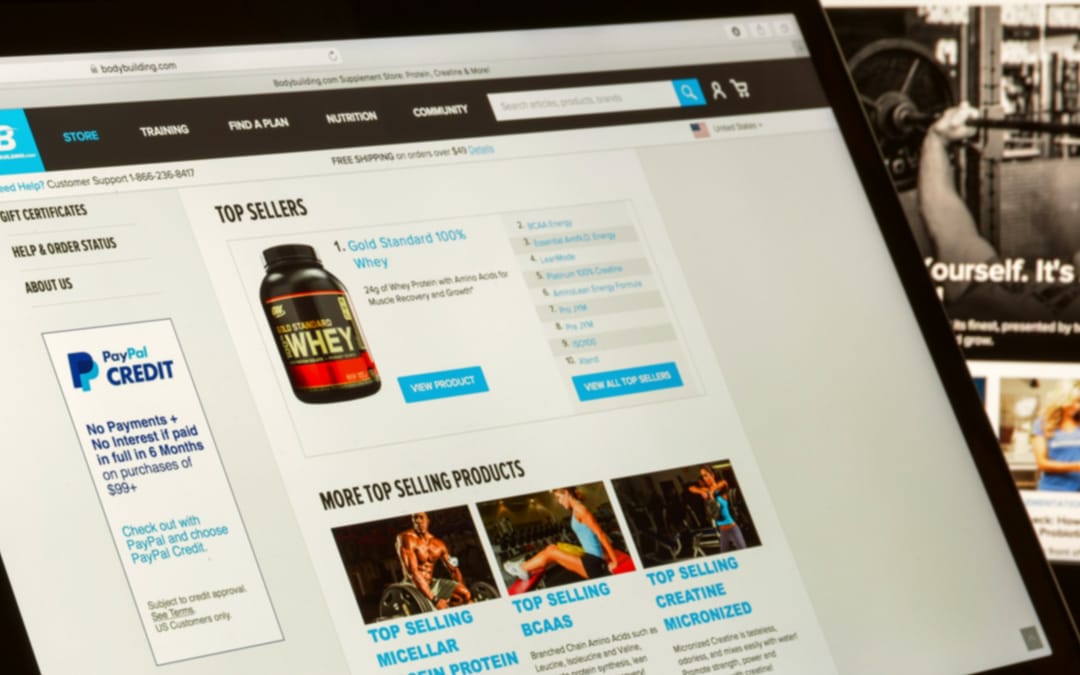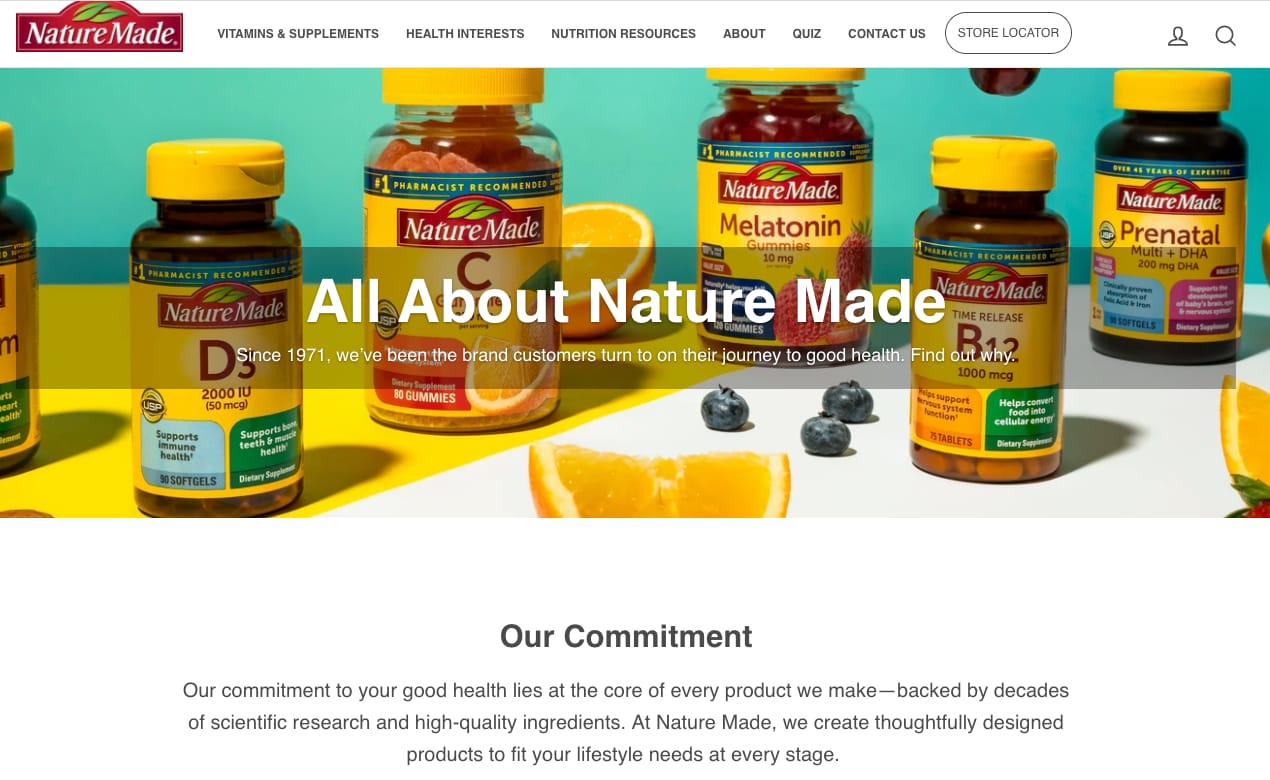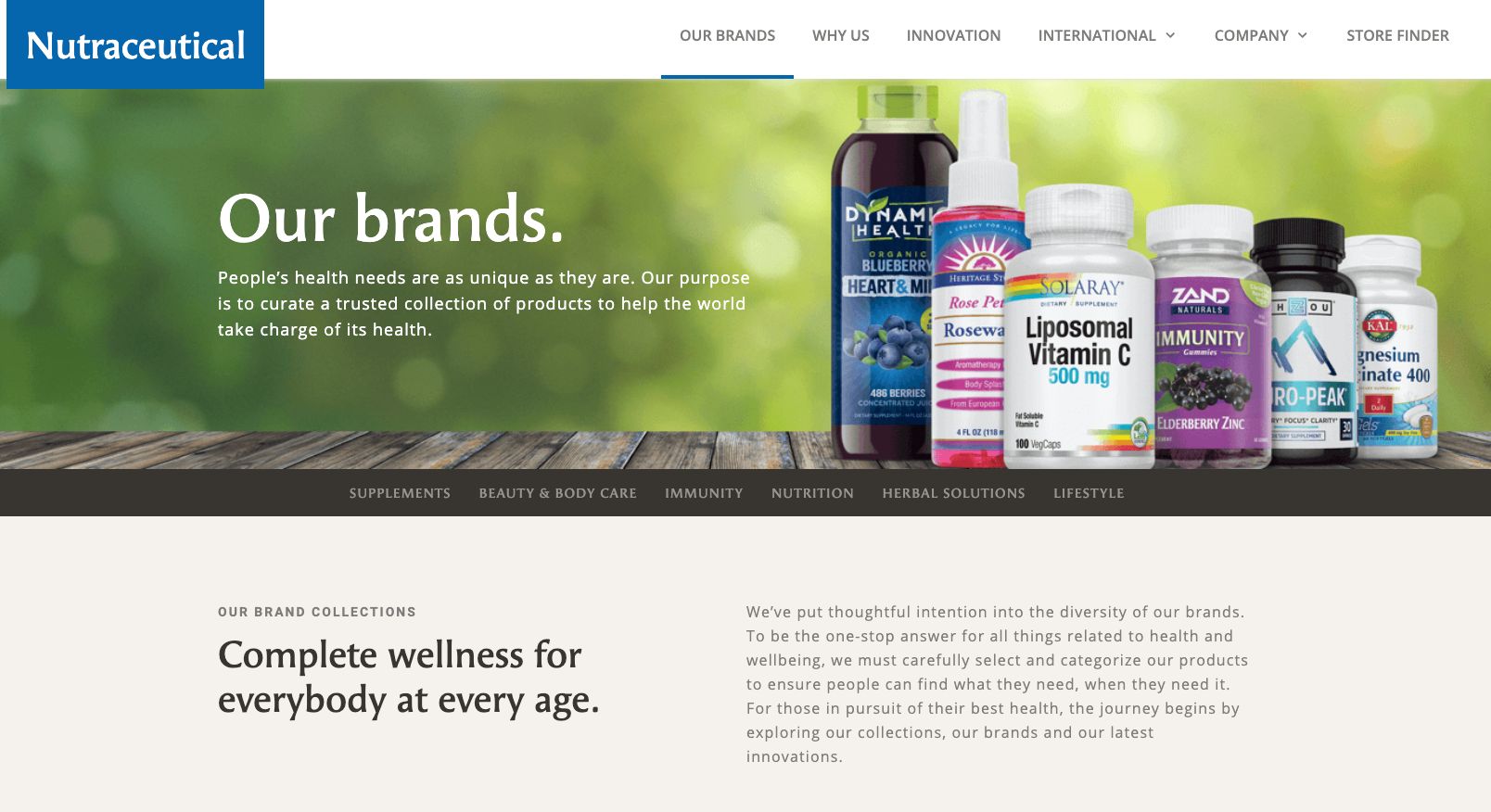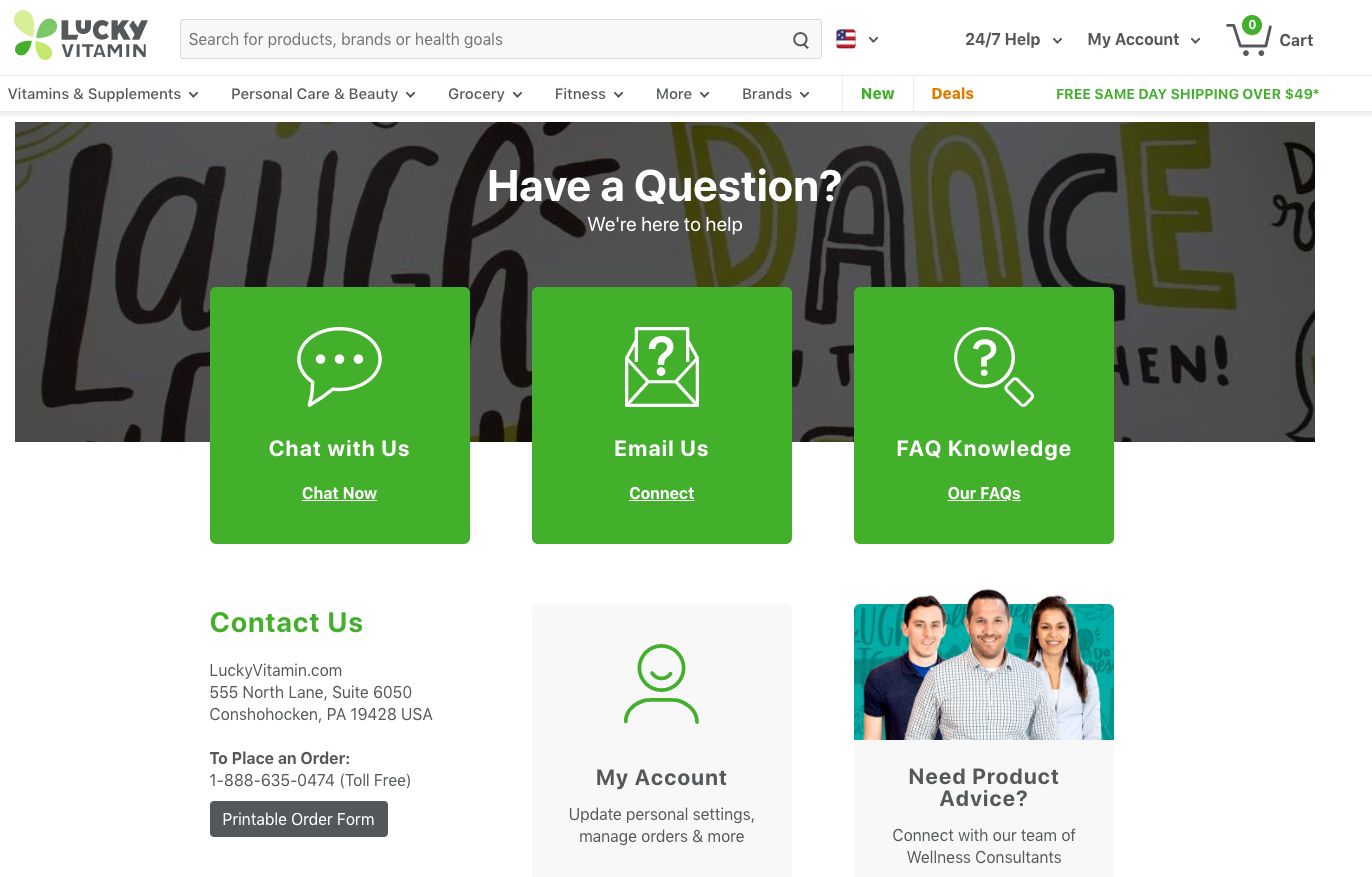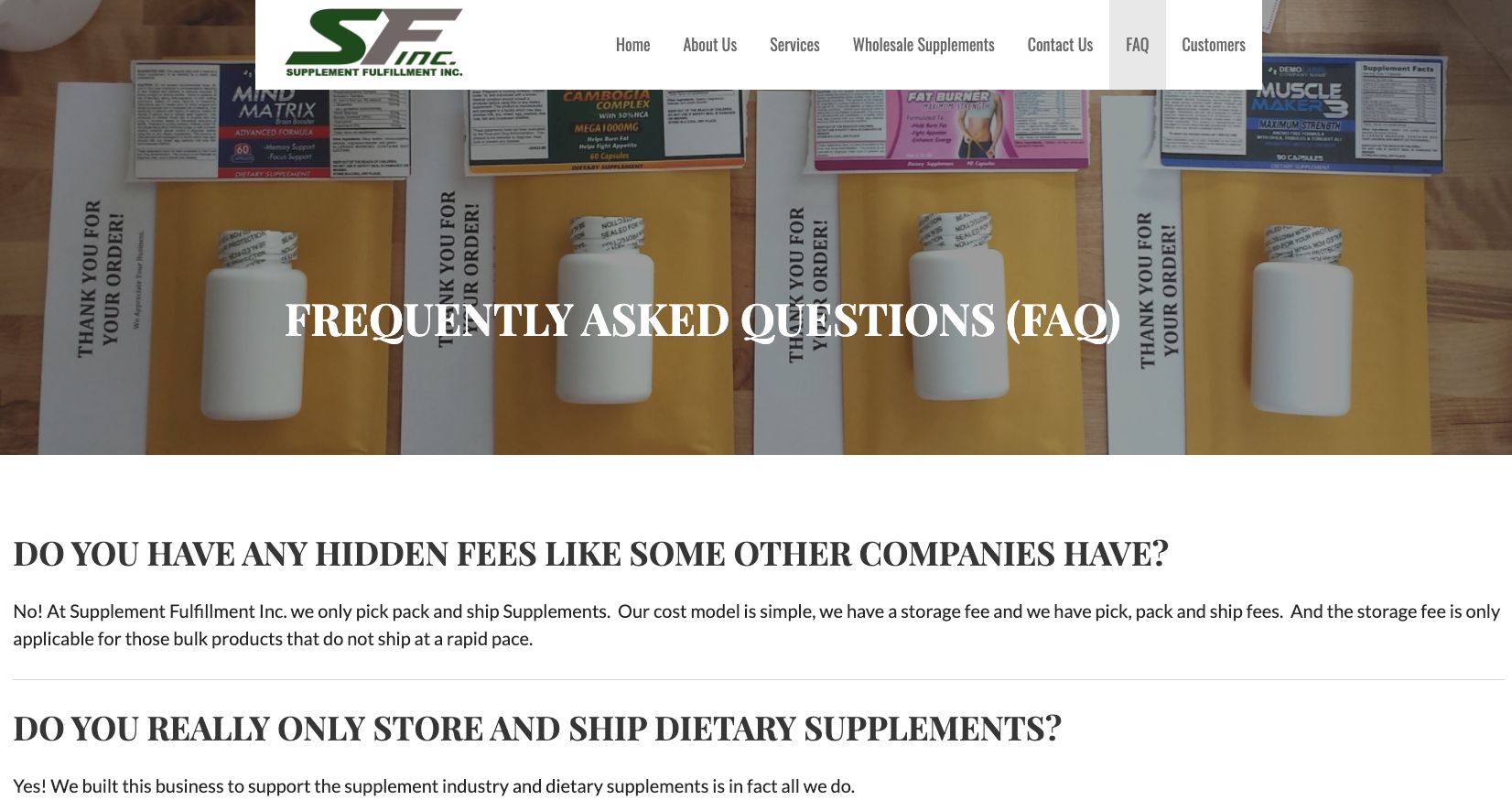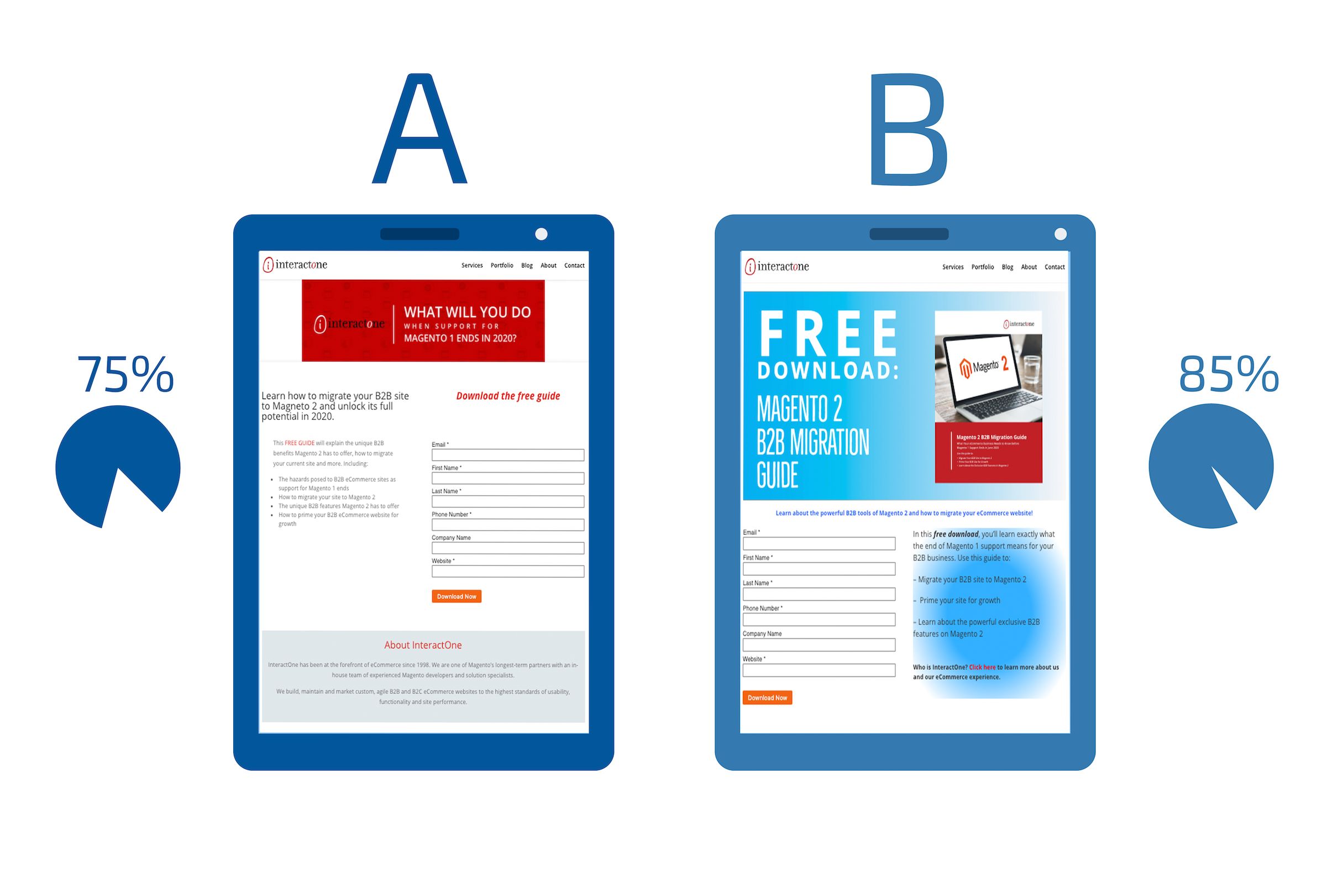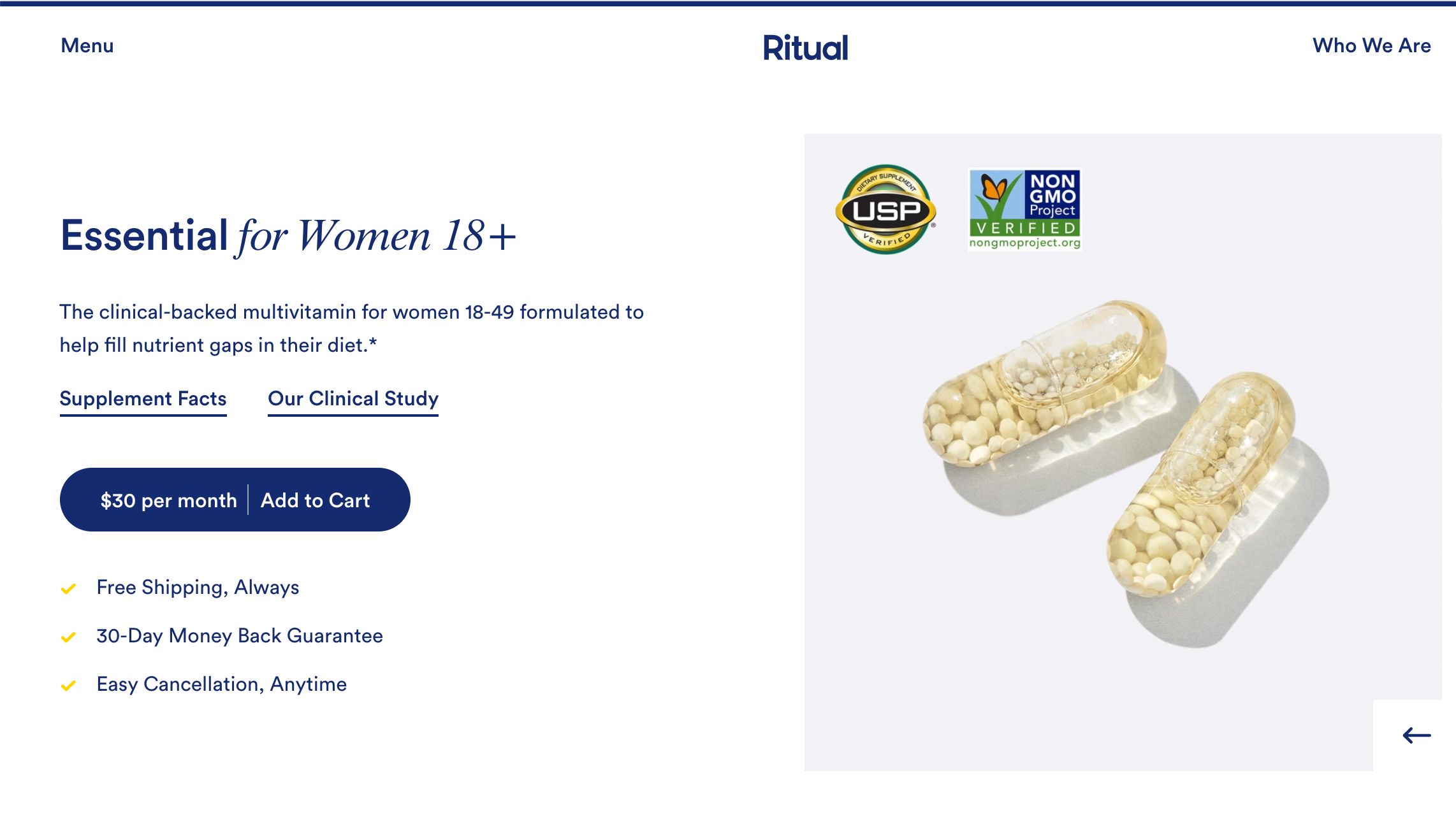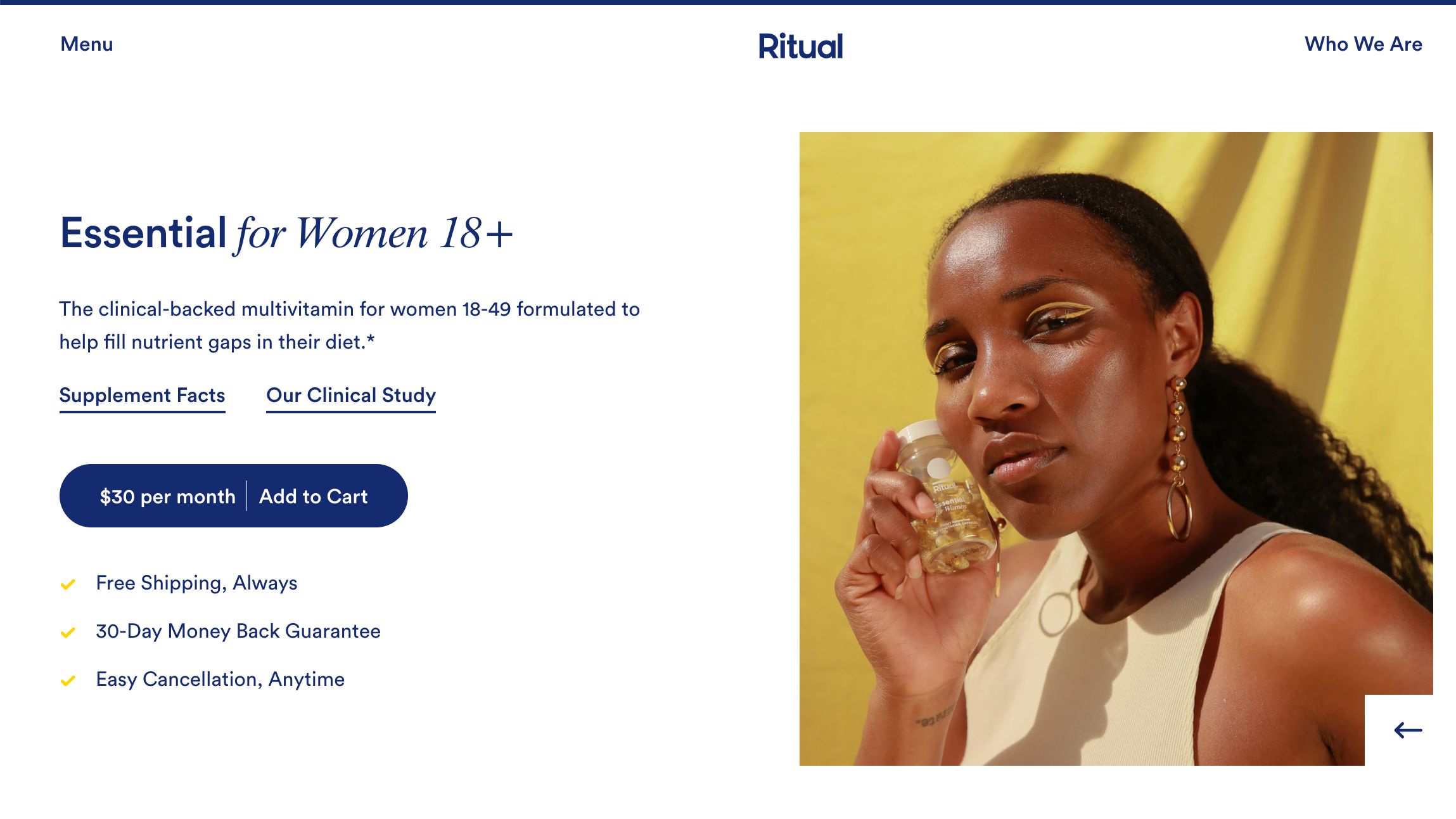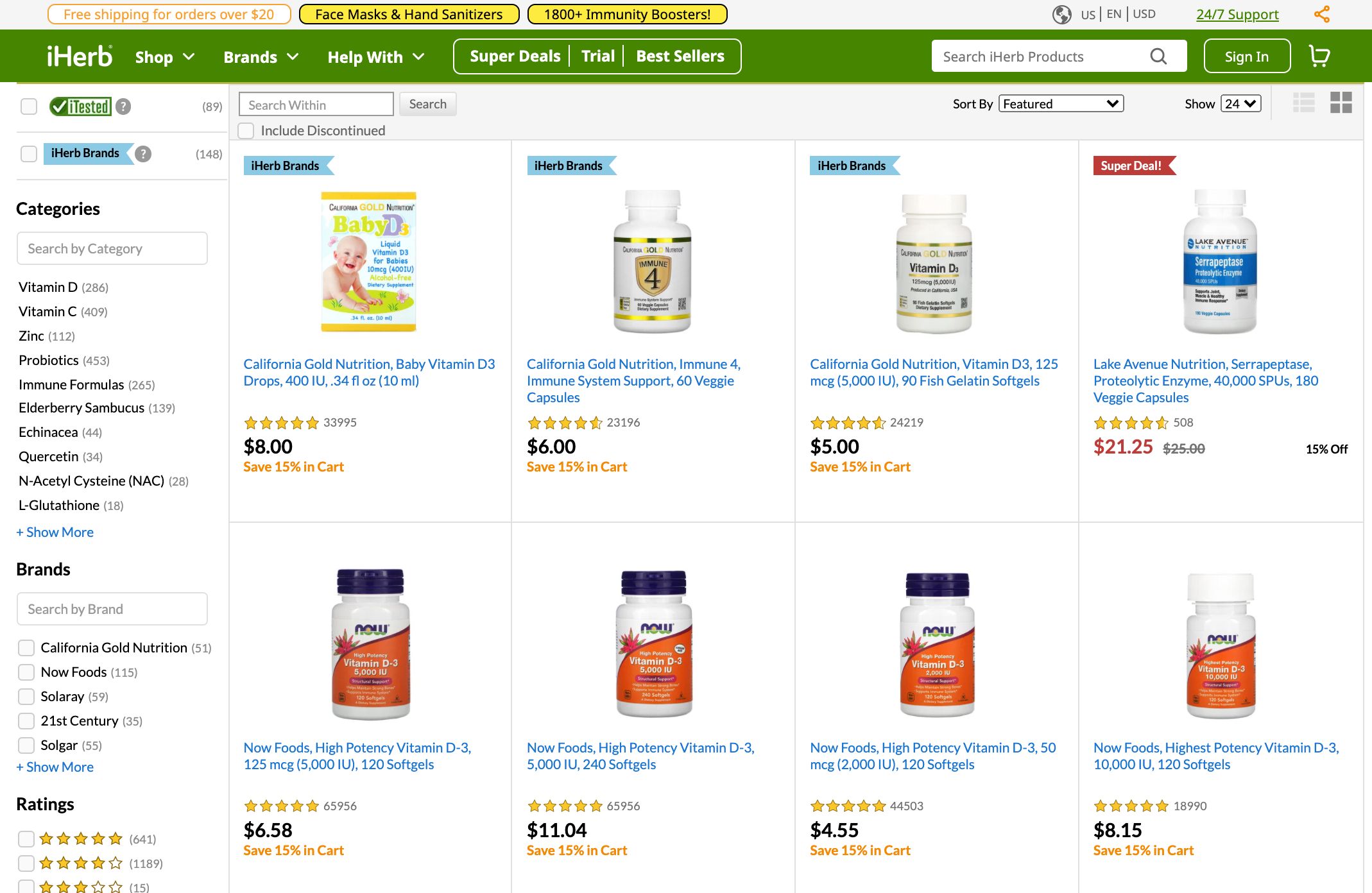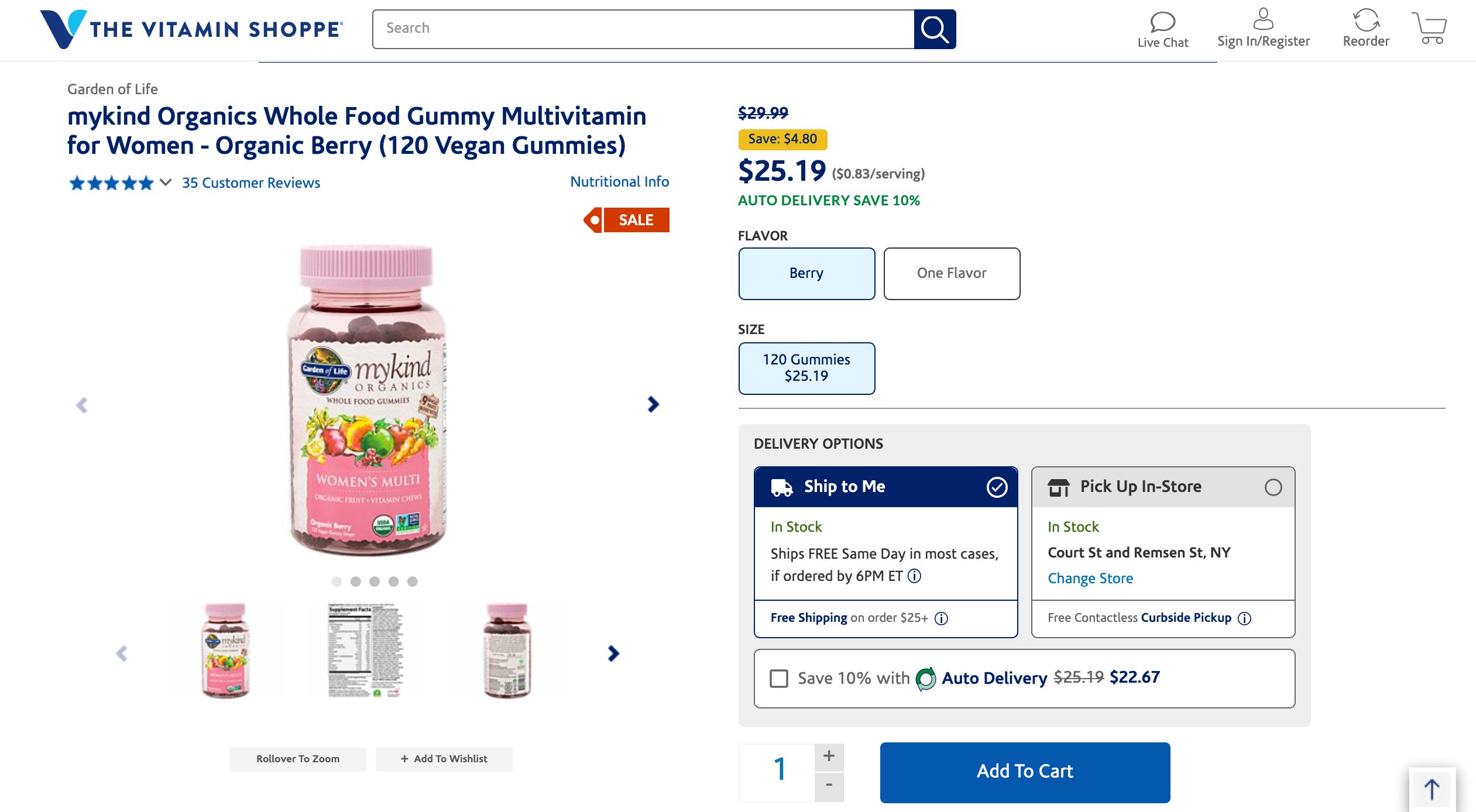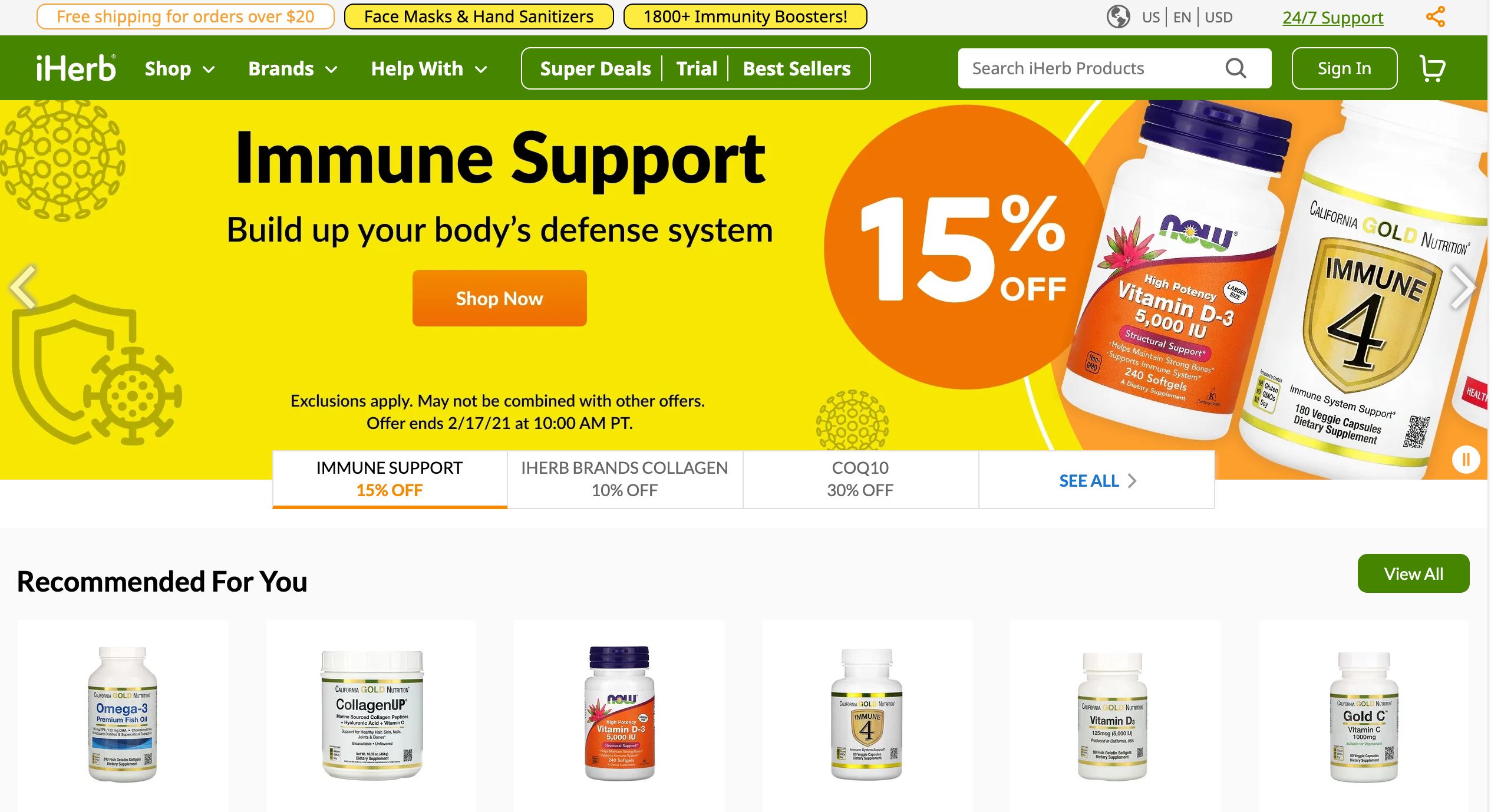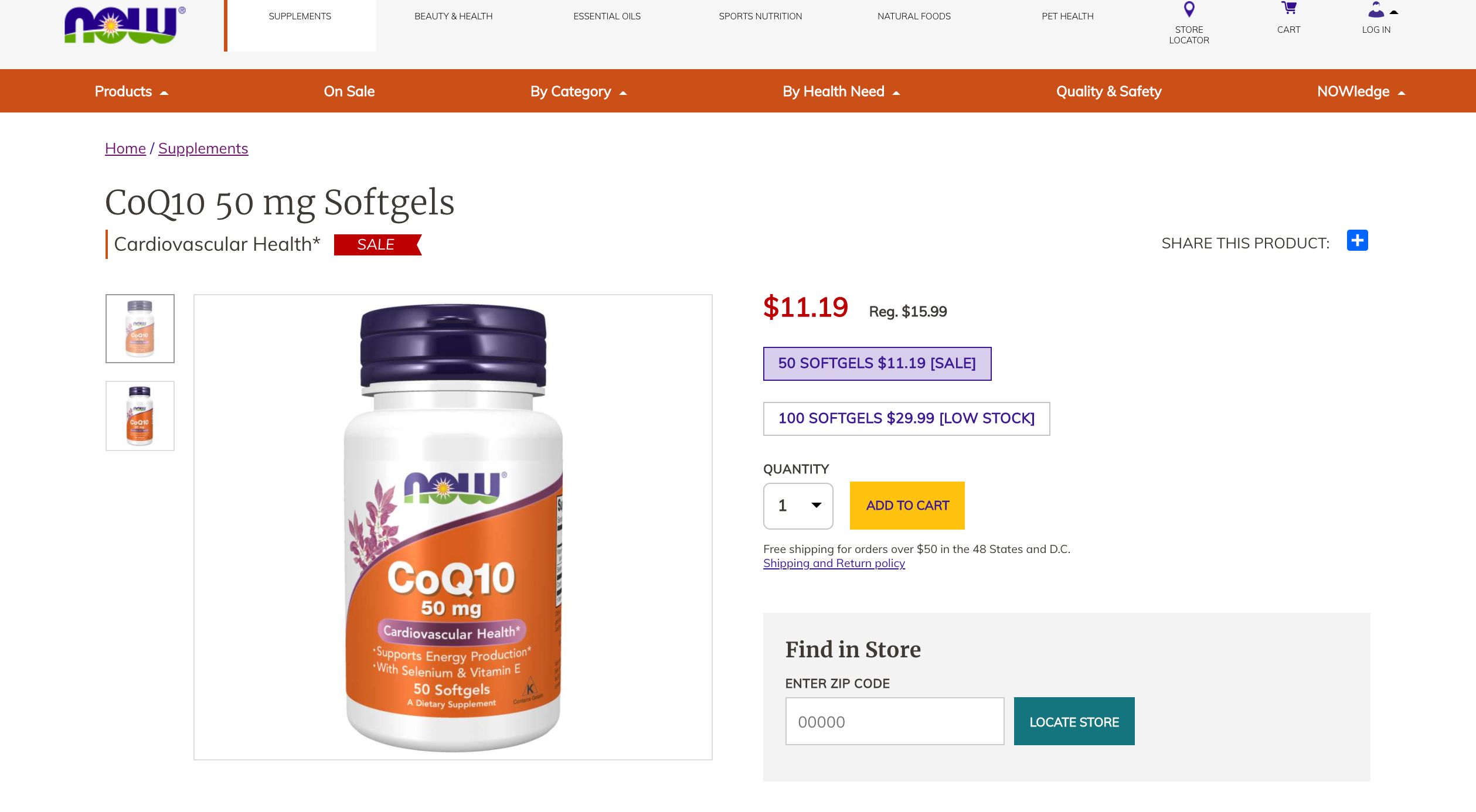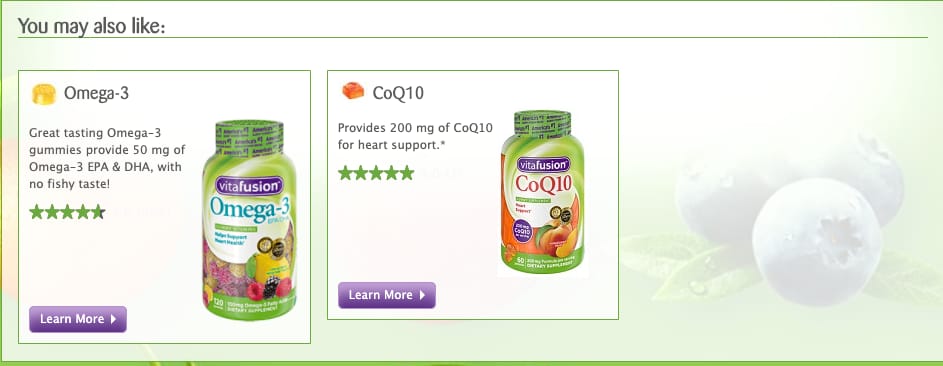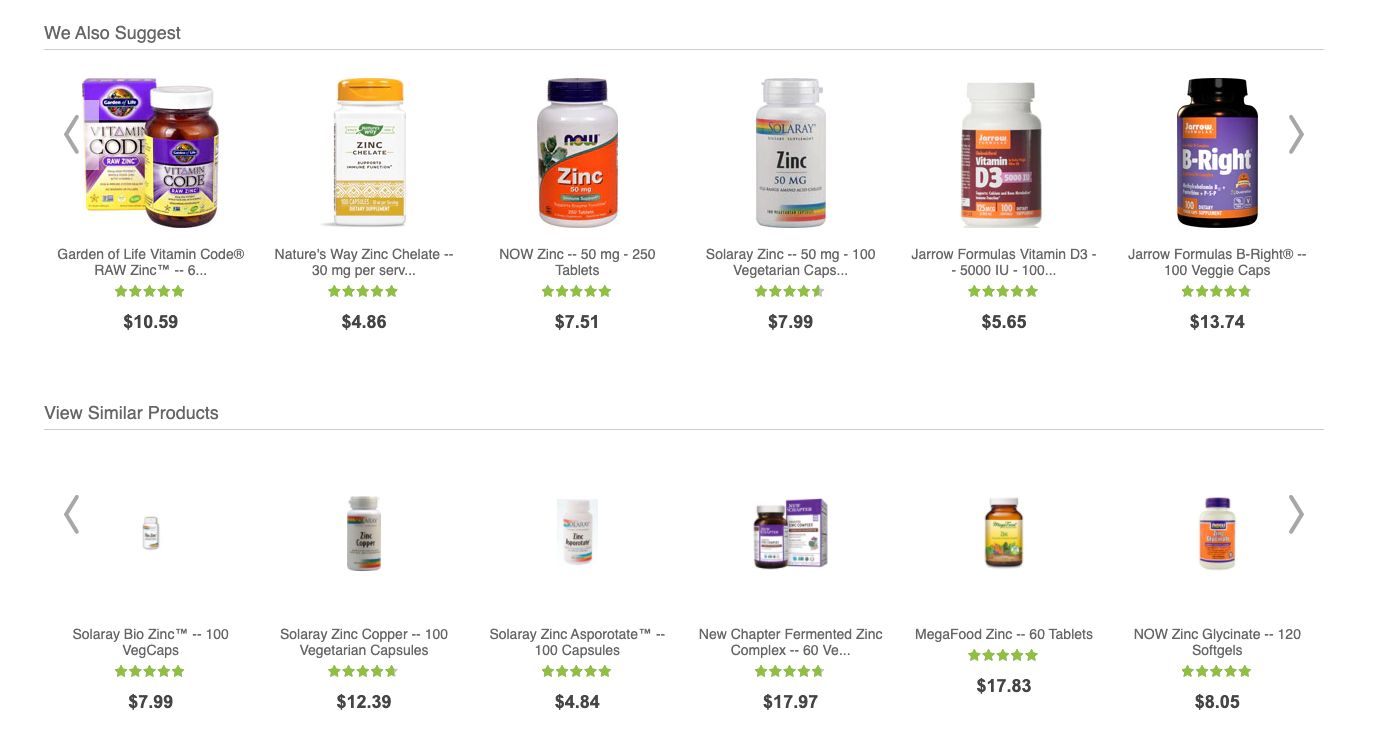
May 2021 Vitamins and Supplements Orange Report
May 2021 ORANGE REPORT
The May 2021 Orange Report features our best & most recent blogs and guides on Magento, Big Commerce, eCommerce, and Digital Marketing from the world of Vitamins and Supplements.

SIGN UP FOR THE ORANGE REPORT
Everything you need to know about eCommerce, digital marketing, and Magento.

Supplements & Vitamins Checklist: Pages your eCommerce site MUST have
Your customers must be engaged & informed on your website. Which pages are vital — and what best practices should you be implementing for these pages?
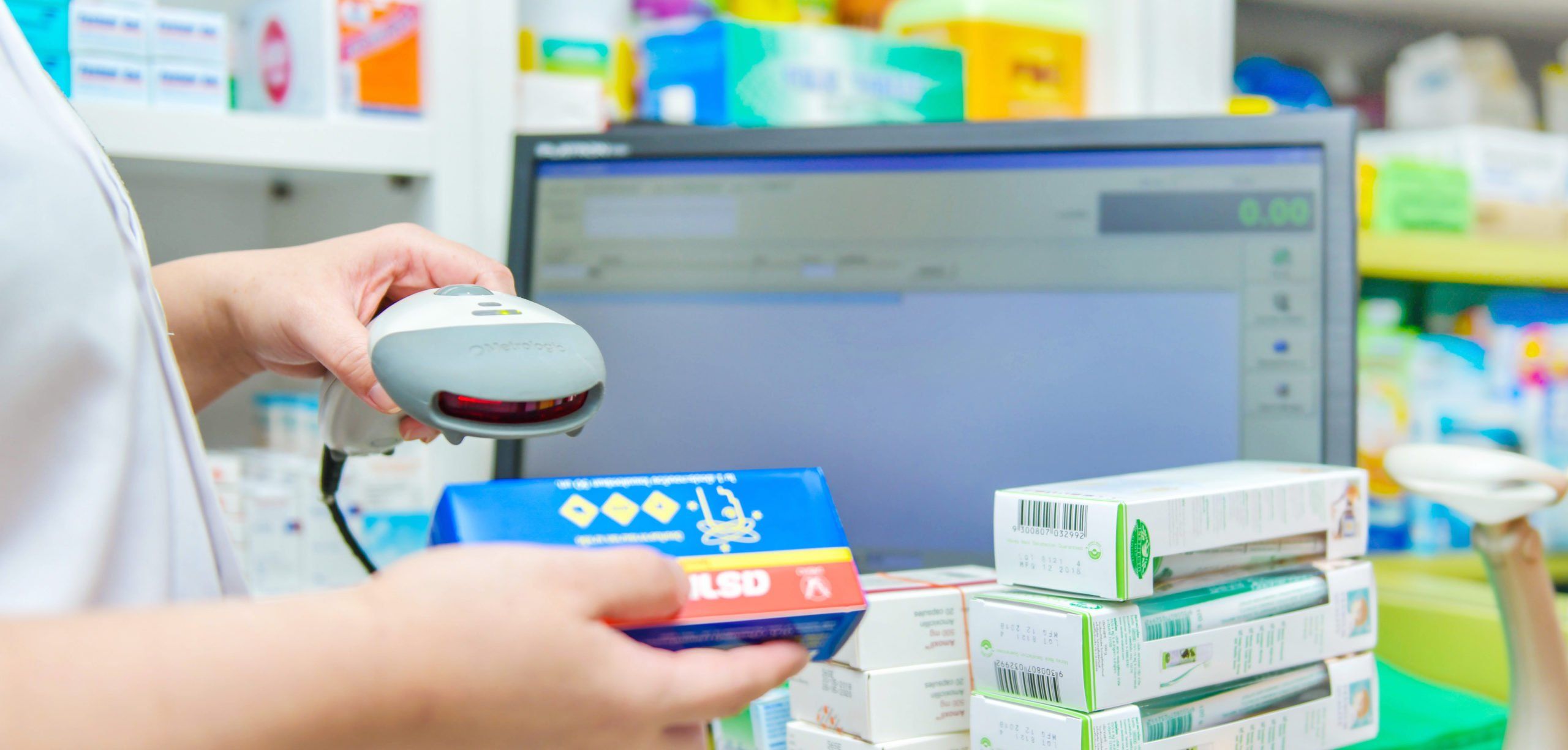
What Vitamins, Supplements and Nutraceuticals Brands Must Know About Establishing A Loyalty Program
This blog was a hit with our Automotive audience but it has some excellent research lessons that extend to other industries too. Check it out.

Subject Line Tactics Proven to Get Your Emails Opened & Read
When sent to your existing audience, emails can increase exposure, brand loyalty and sales. But how can you ensure these emails actually get opened?

Dropshipping Primer and How Shopify and BigCommerce Perform
Dropshipping is an order fulfillment method that uses a third-party supplier to ship goods sold by a retailer, avoiding the costs associated with a warehouse and a brick and mortar storefront. But how does it work on Shopify and Big Commerce?

